Two astronauts, Suni Williams and Butch Wilmore, went into space aboard the Starliner for an eight-day mission in June. 63 days later, the two remain stranded in space with no return date in sight.
This week, NASA admitted that the astronauts may not be able to return to Earth until 2025. Meanwhile, experts have warned that staying in space until then could leave the duo with “life-altering” damage to their bodies.
SpaceX To The Rescue
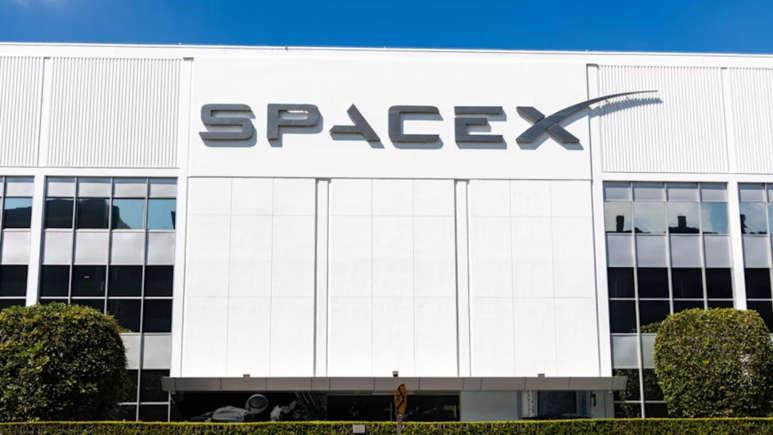
NASA, who worked with Boeing to send the Starliner into space, have been discussing plans to use a SpaceX spacecraft to save Williams and WIlmore.
This would involve leaving two empty seats on an upcoming Crew Dragon launch – which itself was delayed on Tuesday.
NASA Reluctant To Utilize SpaceX
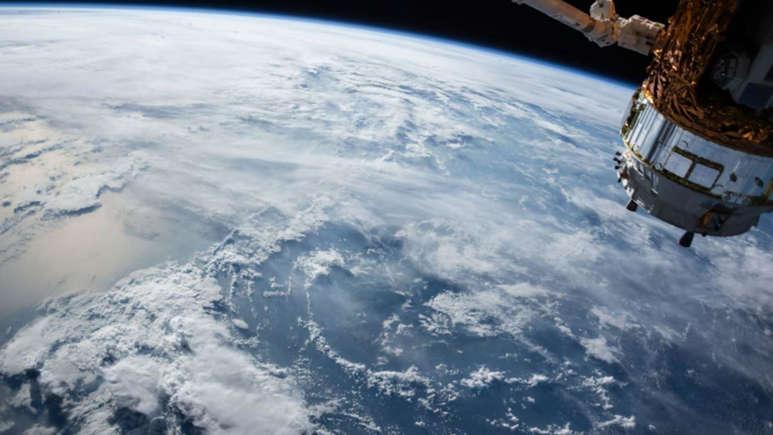
Eric Berger of Ars Technica said, “It’s clear NASA does not want to deviate from its base plan of using Starliner to come home, and this remains most likely.”
“But it is not certain. SpaceX and NASA have been quietly studying launching Crew-9 two astronauts. Suits are available for Butch and Suni,” he added.
Original Timeline
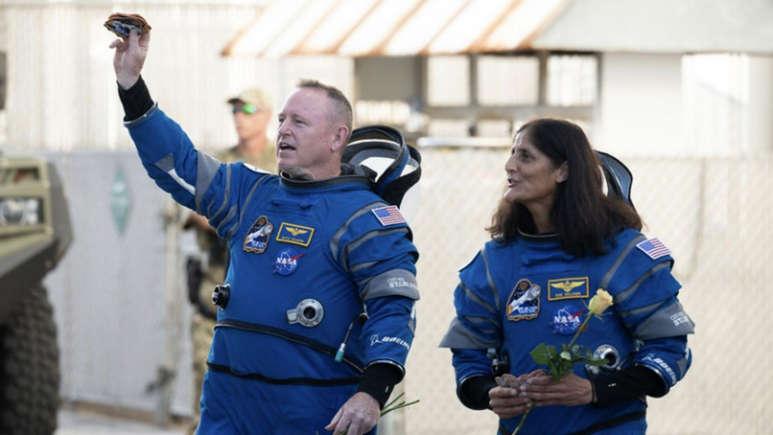
Concerns were raised prior to the June blast-off, as the Starliner suffered issues with it’s thrusters. However, it was believed that all major problems had been remedied prior to blast-off.
Williams and Wilmore went into space on June 5th and were supposed to return to Earth on June 14th. However, the spacecraft has seen repeated helium leaks in space.
Blow For Boeing

A Boeing spokesperson said if NASA opts to use another spacecraft to return the duo, Boeing “will take the actions necessary to configure Starliner for an uncrewed return”
However, such a scenario would be a big blow to Boeing, who have repeatedly tried and struggled in recent years to compete with SpaceX in the space race.
Why is Boeing’s Starliner faulty?
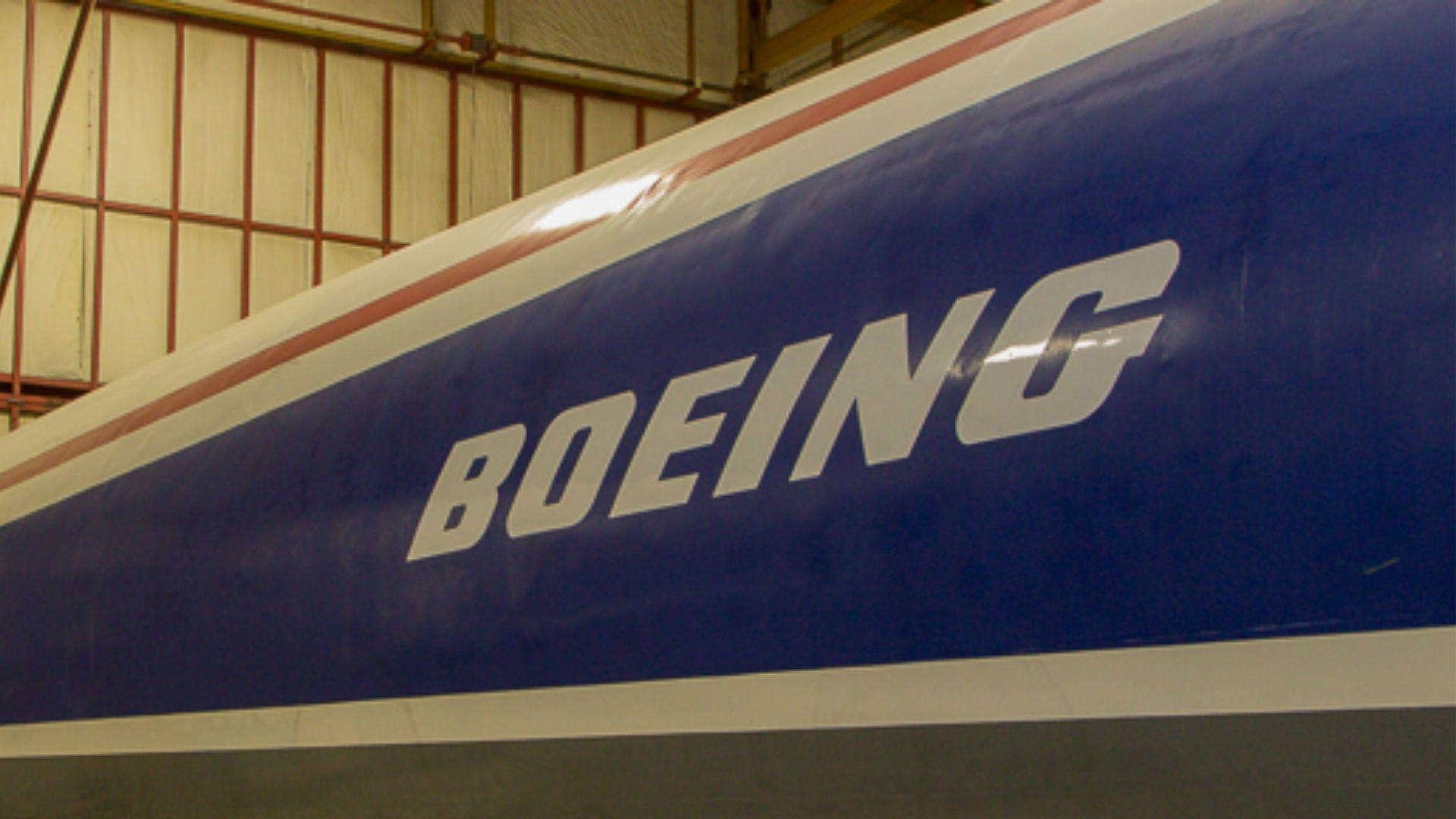
Testing by Boeing has shown that four of the Starliner’s jets failed in June because they overheated and automatically turned off.
The company also found that other thrusters appeared weaker than normal because of restrictions to the propellant.
Crew’s Body Could Deteriorate

If the crew remains in space until 2025, they could face serious deterioration to their bodies.
“The longer you’re there, the bigger the change,” said Rachael Seidler, a professor of Applied Physiology and Kinesiology at the University of Florida.
Bone Loss and Muscle Deterioration Possible

The_ _International Space Station (ISS) has less gravity than experienced on Earth. “Astronauts experience accelerated bone loss at an alarming rate – about 12 times faster than severe osteoporosis on Earth,” said bone health expert Kyle Zagrodzky.
Additionally, the European Space Agency says that astronauts on long-duration space missions face losing up to half of their muscle mass.
Who Are The Stranded Astronauts?

Barry E. Wilmore, one of the two astronauts aboard the Starliner, previously piloted NASA’s 2009 STS-129 mission and returned to space once again in September 2014 as part of Expedition 41/42.
Meanwhile, pilot Sunita “Suni” Williams, began training as an astronaut in 1998 and was launched into space in 2006 via NASA’s STS-116 mission. This latest Boeing mission made Williams the first woman to pilot a spacecraft on its maiden test flight.
Stranded Astronaut Remains Optimistic
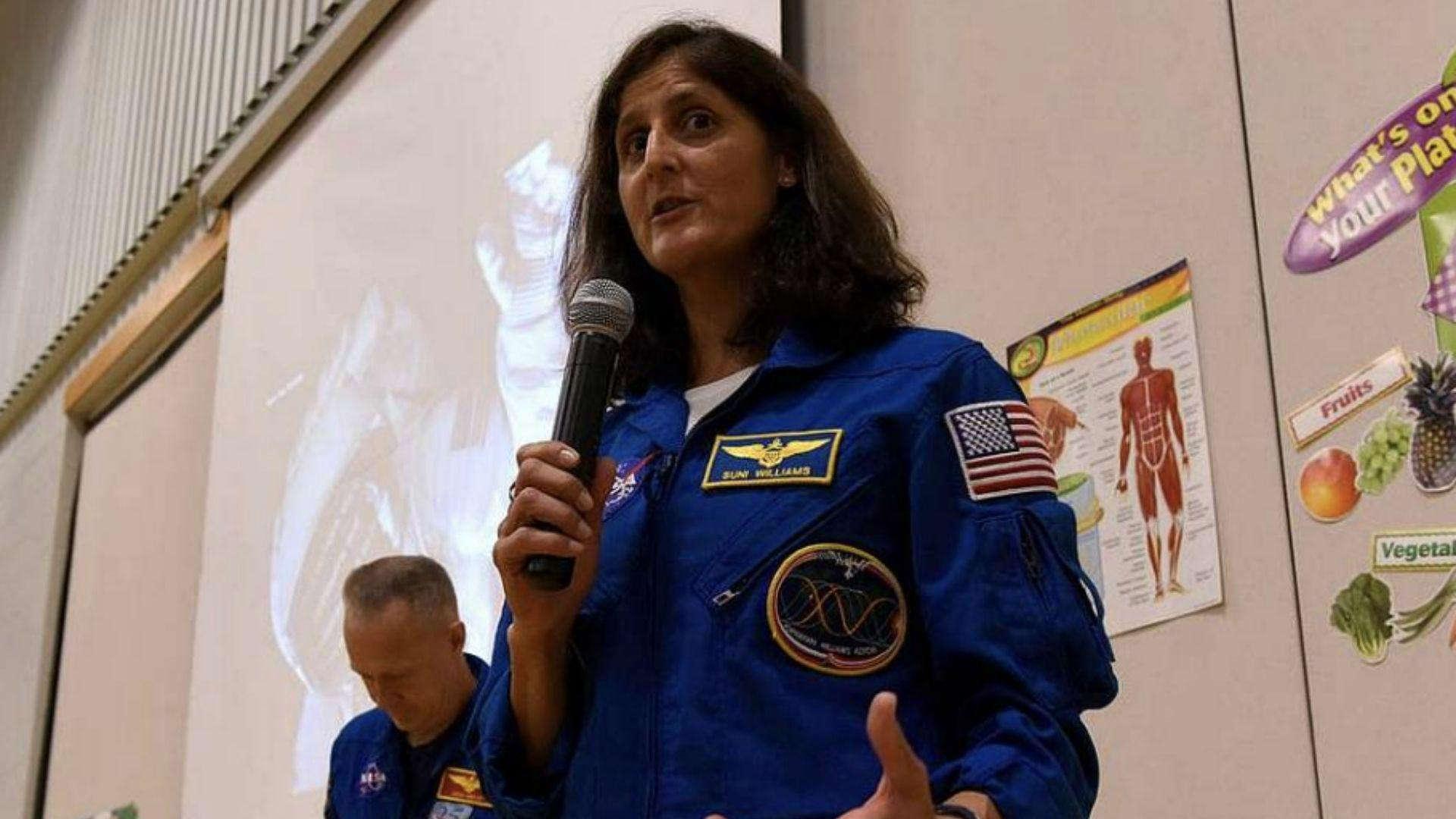
In July, Williams said, “I feel confident that if we had to, if there was a problem with the International Space Station, we can get in our spacecraft and we can dock, talk to our team and figure out the best way to come home.”
She added, “like I’ve said, we’ve practiced a lot, so I have a … real good feeling in my heart that this spacecraft will bring us home.”


